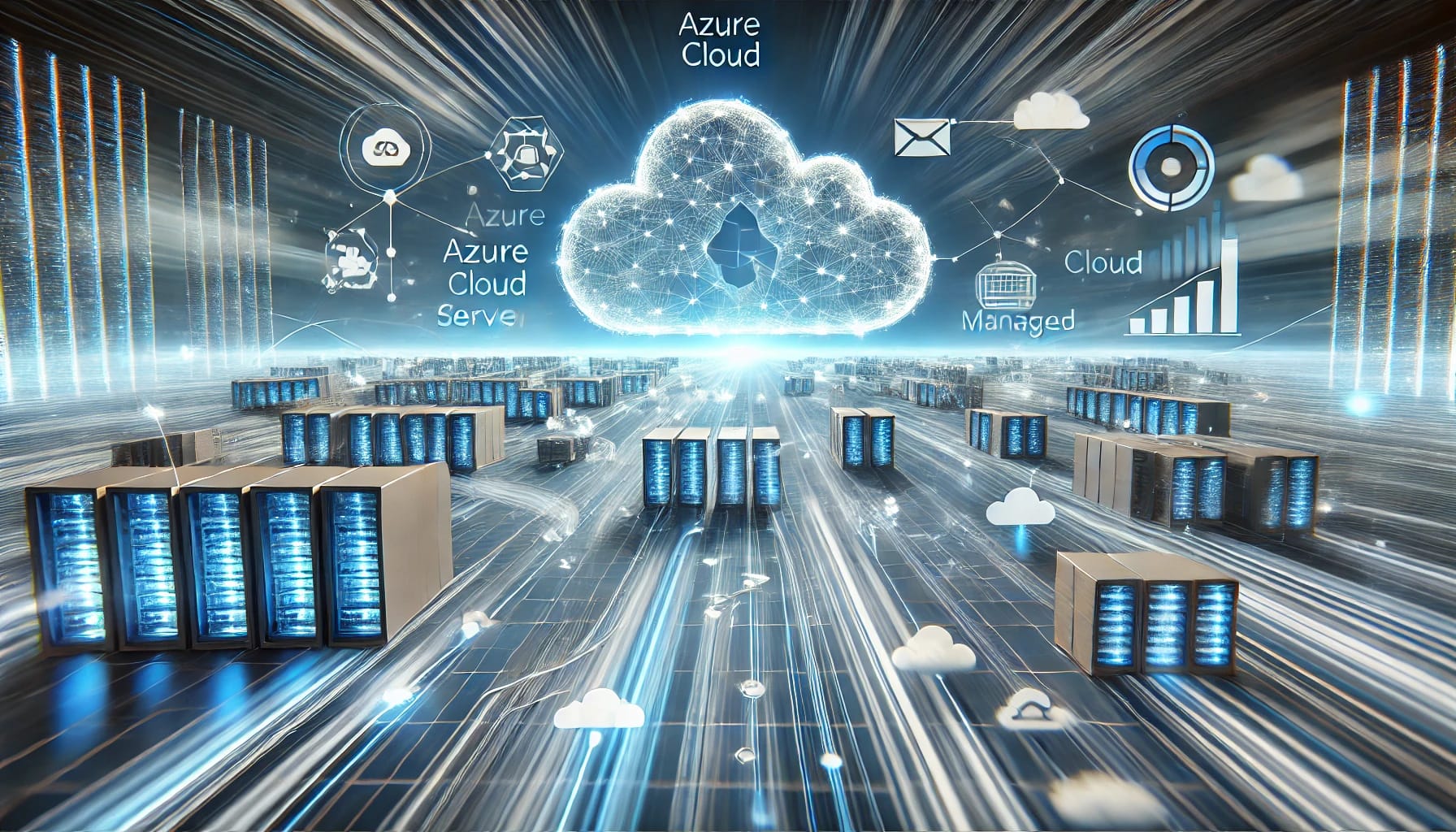Eco-Friendly Cloud: Assessing the Sustainability Practices of Major Cloud Service Providers

So last week my boss walks into my office (yes, we still have those) and drops this question: “Hey, are we being environmentally responsible with our cloud setup?” I’m thinking, what? Since when does Dave care about polar bears? Turns out the board’s been asking questions, and suddenly everyone wants to know if our data is powered by coal or sunshine.
I spent way more time than I should have researching this stuff. Here’s what I found out.

